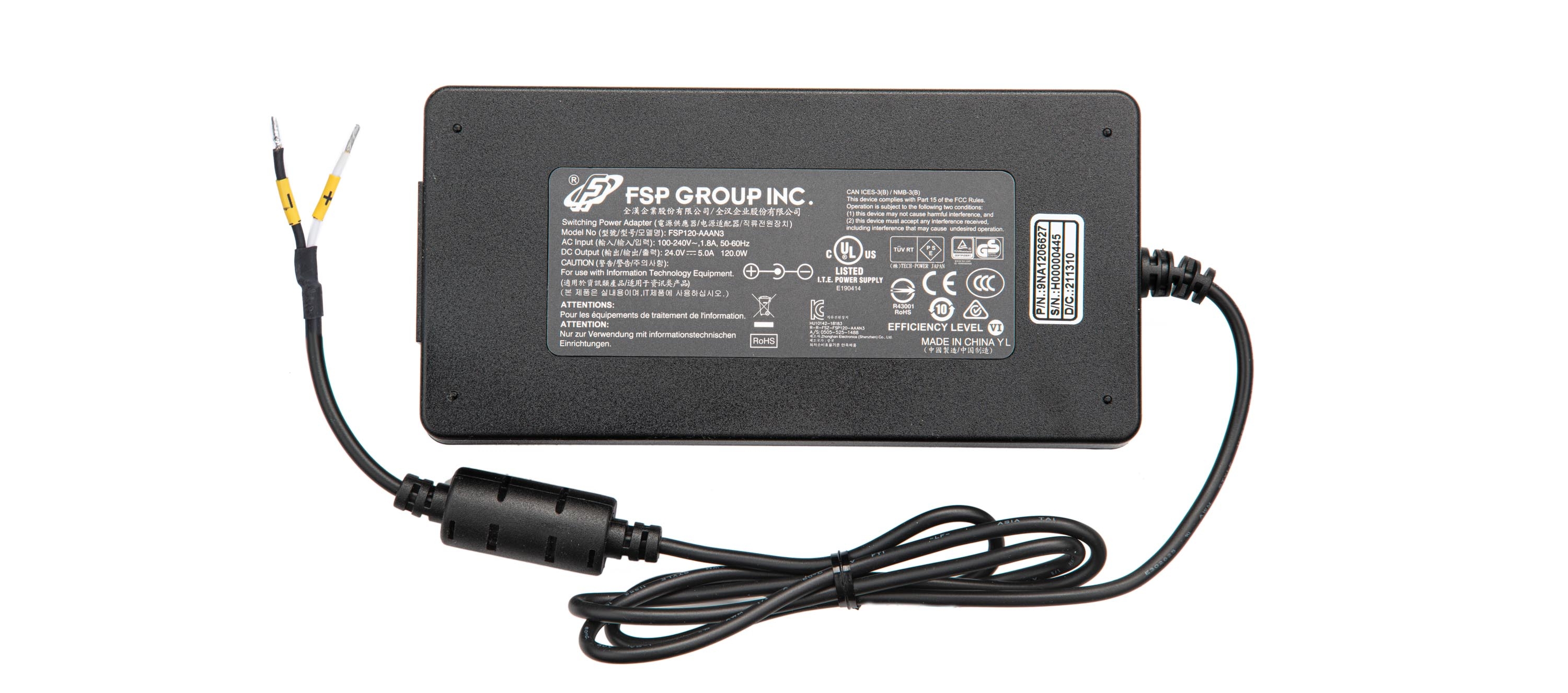A Comprehensive Guide to AC-DC Power Supply Adapters

Introduction
AC-DC power supply adapters are indispensable devices that facilitate the efficient operation of various electronic devices. This comprehensive guide aims to provide a deeper understanding of AC-DC power supply adapters, their functions, components, and applications.
What is an AC-DC Power Supply Adapter
An AC-DC power supply adapter, also known as a power adapter or power converter, acts as an intermediary device between an AC power source and electronic devices that require DC power. It converts the alternating current (AC) supplied by wall outlets into the direct current (DC) required by a wide range of electronic devices.
Components of an AC-DC Power Supply Adapter
AC-DC power supply adapters consist of several key components:
· Transformer: The transformer reduces the incoming voltage from the power source to a lower level suitable for the device being powered.
· Rectifier: The rectifier converts the AC power into pulsating DC power, rectifying the current flow.
· Voltage Regulator: The voltage regulator smooths out the pulsations and maintains a stable output voltage, ensuring a consistent power supply to the connected device.
Types and Applications
AC-DC power supply adapters are available in various types, including:
Wall Adapters
These adapters are designed for powering devices such as smartphones, tablets, and small electronic appliances. They typically have a compact form factor with a plug that connects directly to a wall outlet.
Desktop Adapters
These adapters are larger and more powerful, often used for devices like laptops, computer monitors, and audio equipment. They usually have a separate power cord and a box-shaped design.
USB Adapters
USB adapters are designed to charge and power devices that have USB ports, such as smartphones, cameras, and gaming controllers. They provide DC power through USB connectors.
Safety Features
Modern AC-DC power supply adapters incorporate various safety features to protect connected devices and users. These features include:
Overcurrent Protection
This feature safeguards against excessive current flow, preventing damage to the adapter and the connected device.
Overvoltage Protection
Overvoltage protection prevents the output voltage from exceeding safe limits, ensuring the device is not subjected to higher voltages that may cause harm.
Short-Circuit Protection
Short-circuit protection detects and prevents current flow in unintended paths, reducing the risk of electrical shorts and associated damage.
Thermal Protection
Thermal protection mechanisms monitor the temperature of the adapter and automatically shut it down if it exceeds safe operating limits, preventing overheating.
Conclusion
AC-DC power supply adapters play a vital role in powering a wide range of electronic devices, providing the necessary voltage and current conversion for efficient and safe operation. Understanding their components, types, and safety features can help users make informed decisions when selecting and using AC-DC power supply adapters for their devices.
- Industry
- Art
- Causes
- Crafts
- Dance
- Drinks
- Film
- Fitness
- Food
- Games
- Gardening
- Health
- Home
- Literature
- Music
- Networking
- Other
- Party
- Religion
- Shopping
- Sports
- Theater
- Wellness
- News


